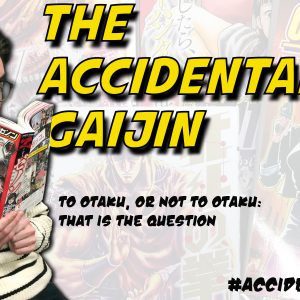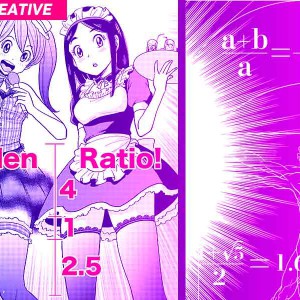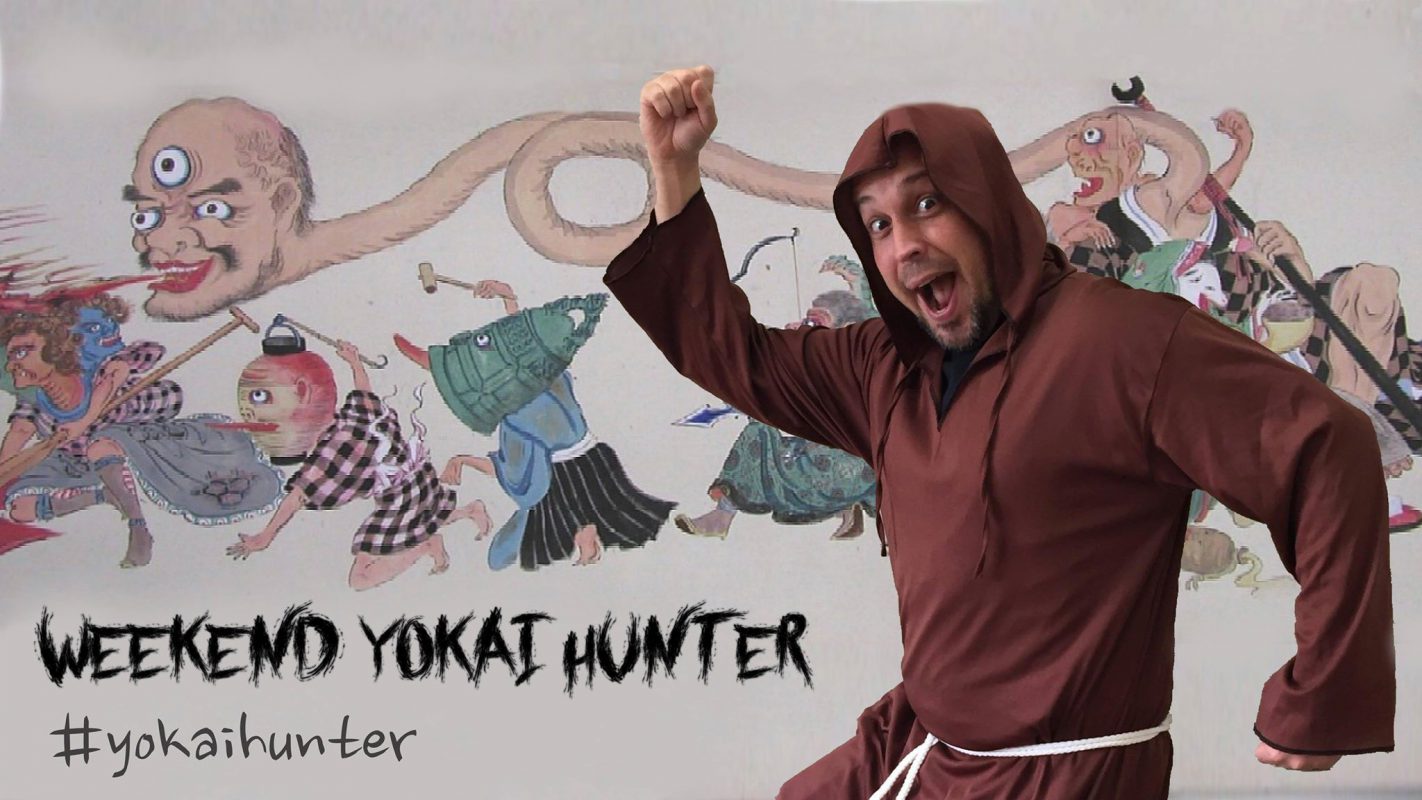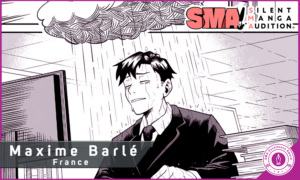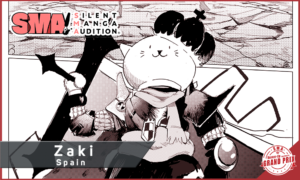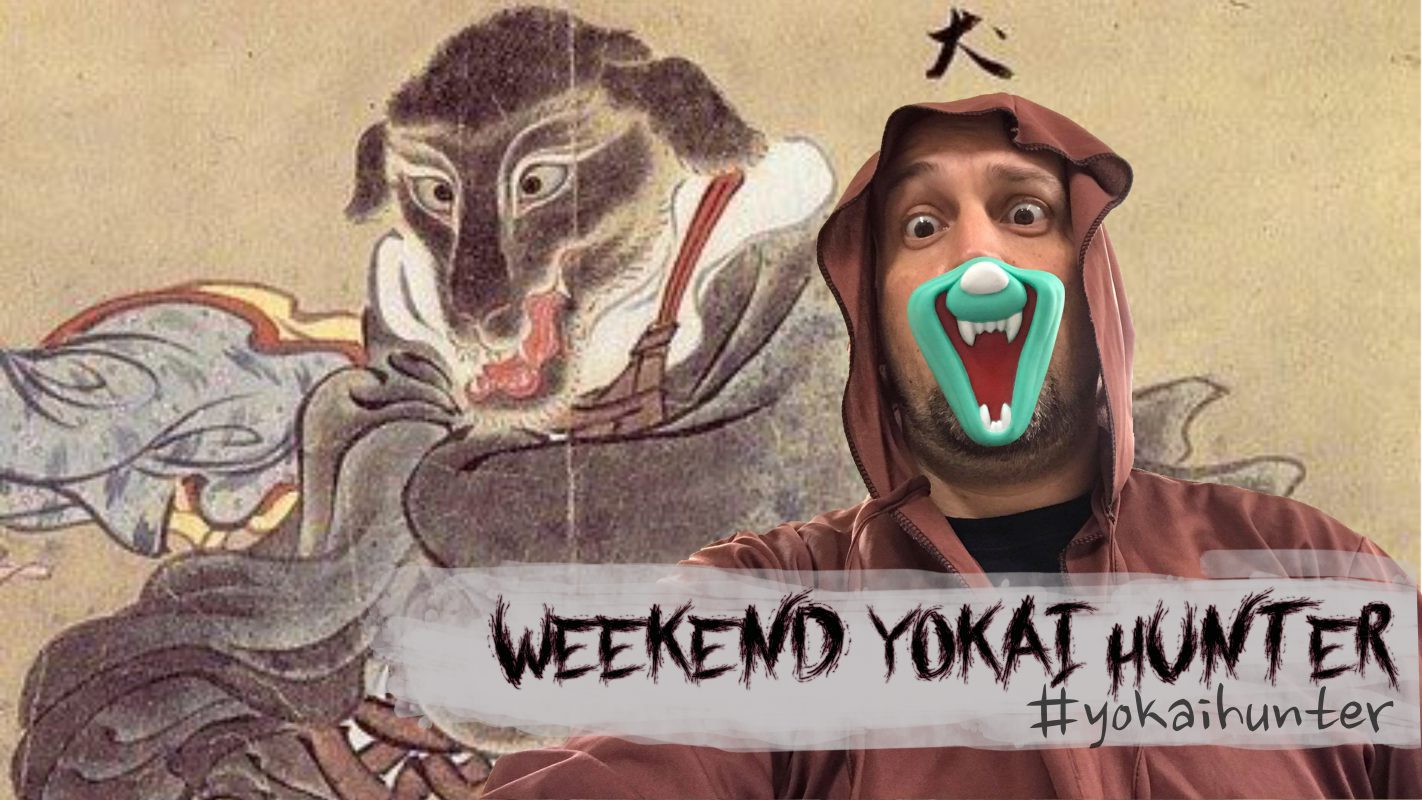
Why hello there ladies and gents, welcome back to another eerie edition of the ‘Weekend Yokai Hunter’! This week we are taking a look at the most loyal, yet potentially horrifying, spirit that Japan has to offer – the INUGAMI!

Handsome looking fella, eh?
The first time I came across an Inugami, I was actually completely oblivious to the fact. Truth be known, I had been walking past one every morning on the way to work for a couple of months, but it wasn’t until my wife came to meet me one day that I finally realized what I had been seeing.
Me: “What’s the deal with all the fox statues in that shrine over there?”
Her: “Fox statues? Those aren’t foxes, they’re statues of dogs.”
Me: “Dogs? “
Her: “Yes, not just any old dogs though. Those are Inugami….”
WHAT ARE…Inugami?
Simply translated as “dog spirit/god”, Inugamiare protective familiar-esque spirits that look just like any other dog to the human eye, but who’s true appearance is actually that of a mummified dog’s head, wrapped in ceremonial garb, which is usually enshrined in a family home, or actual shrine. Inugami enshrined in family homes are almost always hidden away so as to keep the head safe, as well as to not attract unwanted attention from guests or other family members.

The Inukami of Kamishikimi Kumanoimasu Shrine…
There are several theories regarding how Inugami came to be, but the most interesting by far is the tale of when a samurai by the name of Minamoto no Yorimasa, came face to face with a terrible Yokai called a ‘Nue‘ (I’ll be hunting one of those in a later installment!) and emerged victorious after slaying it with his archery skills. Legend has it that upon its assassination, the fearsome Nue’s body split into 4 pieces and scattered across the country, with each piece becoming an Inugami.
Inugami are believed to be protective spirits that will loyally stand guard over entire generations of the same bloodline, so it was only natural that many Japanese clans clamored for one of their own. This where the dog lovers among you will be no doubt cringe (and as a dog guy myself I take no joy in writing this but…) for it is said that people would actually practice creating Inugami for themselves. How did they go about this? Well, to explain it in a VERY toned down way, the practice basically required beheading a starving dog, then burying its head in a road that sees a great deal of human traffic. The indignant death of the animal, coupled with the stress of being constantly walked over would cause the dog’s spirit to transform into a maleficent spirit, or Inugami. Thankfully this wicked practice was outlawed some 1000 years ago during the Heian period but, those who partook in the ritual, would inherit a loyal, protective spirit (yes, despite the torture they inflicted on the poor animal) for generations to come. These families were considered ‘Inugami-mochi’ and some of them still exist to this day…

…and the atmospheric entrance to the main shrine!
Though Inugami are generally protective of their masters, they also possess a somewhat nasty streak as well. Being possession spirits, Inugami have been known to wreak vengeance on the bodies of weak-minded or emotionally unstable humans, which they do by entering through the ears and settling in the host’s internal organs. Once there, it becomes very difficult to separate the Inugami from it’s host without undergoing an intense purification ritual. Doing so however, should be top a priority since those who become possessed often face immense misfortune, physical pain in the chest, joints and extremities, and are almost certainly overcome with feelings of jealousy or anger. It’s even been recorded that those who died in such a state, were found with teeth and claw marks resembling those of a dog all over their body. Pretty gnarly wouldn’t you say!?
HUNTING FOR…Inugami
Though Inugami shrines can be found pretty much nationwide, it’s worth noting that the vast majority of them are to be found in the western area of Japan, particularly Shikoku through to Kyushu. In eastern Japan, shrines dedicated to ‘Kitsune’, (fox spirits) are vastly more common but there are still plenty of locations which are dedicated solely to Inugami. One very convenient place for visitors to Tokyo would be the Miyamasutake Shrine in Shibuya. It’s very close to the station and offers a perfect retreat from the hustle and bustle of Tokyo’s most popular tourist area. The shrine itself is actually situated atop another building so walking up the stone steps of the entrance and into the peacefully shaded inner sanctum feels especially great on hot summer days. Visitors to western Japan will have an almost limitless number of places to choose from but my personal favorite spot would have to be the beautifully atmospheric Kamishikimi Kumanoimasu Shrine in Kumamoto. Steeped in history and said to be where the shinto gods of Izanagi no kami and Izanami no kami are enshrined, visitors will be greeted by two Inugami at the main entrance before disappearing into the lush green serenity within. Participants of this year’s SMAC! MasterClass Kumamoto Manga Camp will be pleased to know that this historic place will likely be on the itinerary too, so be sure to look forward to that!

Miyamasumitake Shrine in Shibuya, Tokyo!
Inugami TODAY!
With their origins heavily rooted in Shinto, the Inugami remain a well established deity (don’t worry, new ones aren’t being created anymore!) with their popularity in modern culture mainly being celebrated via the medium of manga and anime. The number of manga titles out there that feature Inugami are almost innumerable but worthy mentions would have to include Noriko Kuwata’s ‘Himitsu no Inugami-kun’, Michiru Mizusawa’s ‘Inugamihime no shimobe’, and of course, Rumiko Takahashi’s masterpiece ‘Inuyasha’. My personal favorite though, given my love of horror, would have to be Masaya Hokozono’s simply titled ‘Inugami’. It’s a story of how a young boy discovers a strange dog in an old abandoned factory, that can understand and speak human languages. Unable to remember who he is, or why he’s wandering the human world, the Inugami mysteriously has the number “23” carved in his ear, and has been given the task of “watching humans”. The boy and “23” soon build a friendship but the horrors that await them both are grisly to say the least! Mwahaha!

Masaya Hokazono’s excellent ‘Inugami・Kai’
Inugami have been featured prominently in anime too of course, with the 2011 movie ‘Hotarubi no Mori e’ immediately springing to mind (the setting for the movie actually being the aforementioned Kamishikimi Kumanoisu Shrine in Kumamoto!) and of course the unforgettable white canine in Hayao Miyazaki’s ‘Princess Mononoke’. Fans of Japanese horror movies might also want to check out the eerie 2001 film ‘Inugami’ directed by Masato Harada, too!
So there you have it, an insight in to one of Japan’s coolest deities! I hope you enjoyed learning more about Shinto’s take on man’s best friend and enjoy hunting for them yourselves! One thing to remember though, if the tail is big and bushy, it’s a fox, so keep an eye out for a long thin tail!
Good luck and see you again next week!





